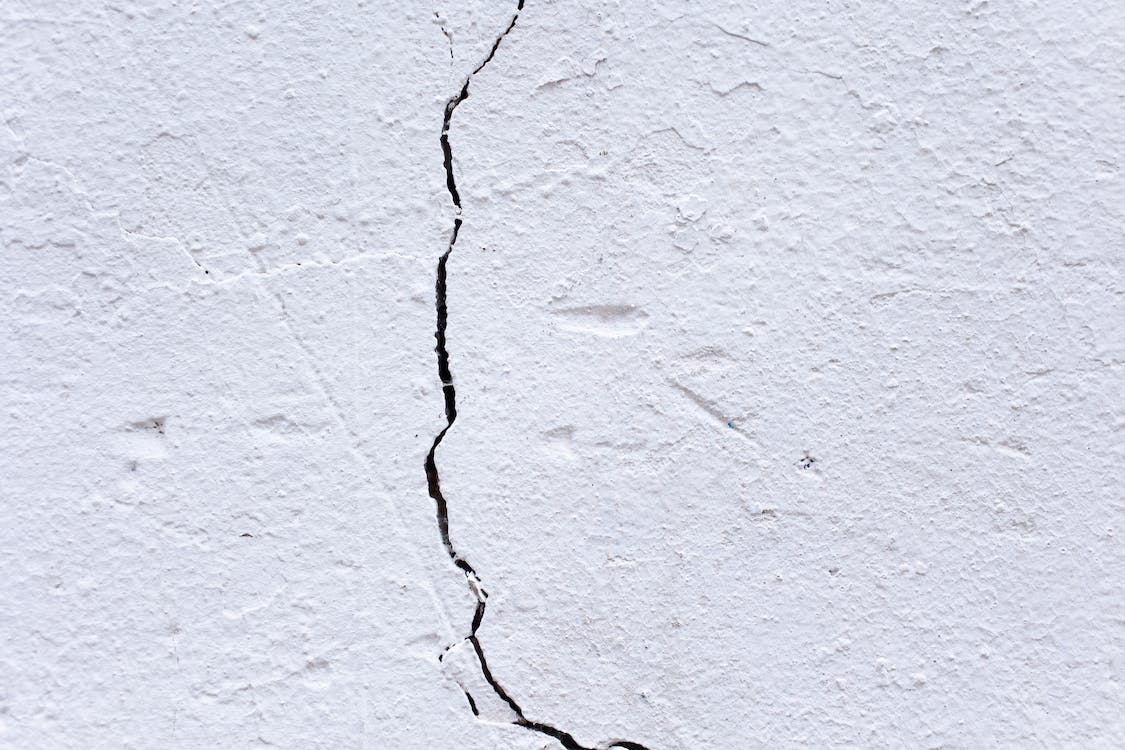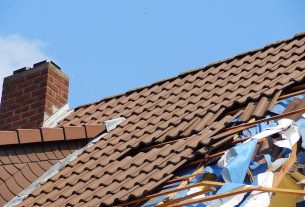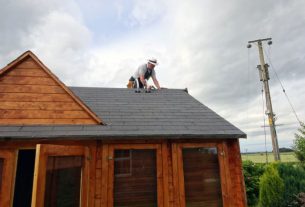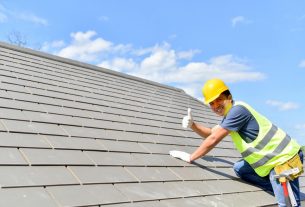The roof over your head is your home’s first line of defence against the elements. Detecting water leaks early is crucial for maintaining the integrity of your home. In this comprehensive guide, we’ll explore the art of identifying water leaks on your roof, empowering you with the knowledge needed for successful home repair.
Signs of a Potential Water Leak
Interior Stains and Discoloration
Inspect the ceilings and walls inside your home for any signs of water stains or discoloration. These may appear as brown spots or patches. Pay close attention to areas directly below the roof, as these are indicative of a potential leak.
Musty Odors
A musty or damp odour indoors can be a clear indication of water infiltration. If you notice a lingering smell, particularly in the attic or upper floors, it’s essential to investigate further to identify the source of the leak.
Exterior Roof Inspection
Damaged Shingles
Inspect the roof’s surface for damaged or missing shingles. Cracked, curled, or blistered shingles can allow water to penetrate and lead to leaks. Addressing these issues promptly can prevent further damage to your home’s interior.
Flashing Problems
Flashing, the metal strips installed to prevent water penetration at joints and seams, can deteriorate over time. Check for any visible damage or gaps in the flashing, as these can be potential entry points for water.
Clogged Gutters
Clogged gutters can contribute to water leaks by preventing proper drainage. Ensure gutters are clear of debris and functioning correctly. Water pooling around the roof edges can find its way into your home if not properly directed away.
Identifying Leak Points
Attic Inspection
Venture into the attic with a flashlight and look for any signs of water stains, damp insulation, or mould growth. Pay close attention to the areas directly beneath the roof, as these are common points of entry for water.
Tracing Stains to the Source
If you’ve identified interior water stains, trace them back to their source on the roof. This detective work may involve inspecting the attic, climbing onto the roof, or utilizing binoculars to identify potential problem areas.
Fixing the Leak
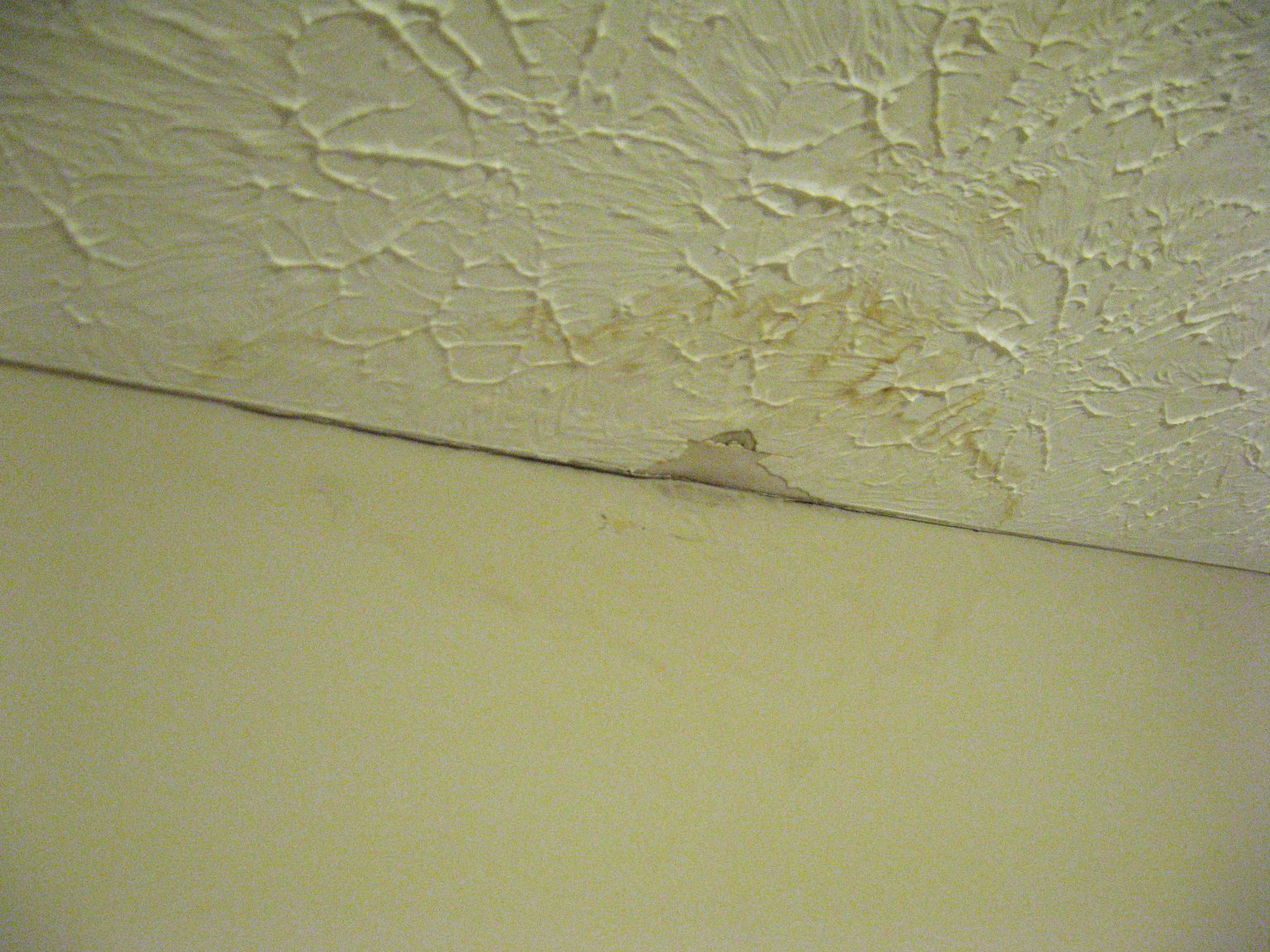
DIY Repairs
For minor leaks or damaged shingles, some repairs can be tackled as a DIY project. Replace missing or damaged shingles, apply roofing cement to seal small gaps, and ensure flashing is secure. Exercise caution when working on the roof and consider professional help for more extensive repairs.
Professional Roof Inspection
For complex leaks or extensive damage, seeking professional assistance is advisable. Roofing professionals have the expertise and equipment to conduct a thorough inspection and identify hidden issues. They can recommend and implement effective repairs to ensure long-term protection.
Navigating the Roof Repair Journey
As you embark on the journey of identifying and addressing water leaks on your roof, you’re taking a crucial step in preserving the safety and integrity of your home. The art of detection and timely repair is a testament to your commitment to homeownership. Let’s navigate this roof repair journey with confidence, ensuring that your home remains a secure and comfortable haven.
Safeguarding Your Home, One Leak at a Time
Mastering the art of detecting water leaks on your roof is not just about repair; it’s about safeguarding your home and ensuring its longevity. Each effort you invest in maintaining your roof contributes to the overall well-being of your living space. May your home stay dry, secure, and resilient against the elements!
